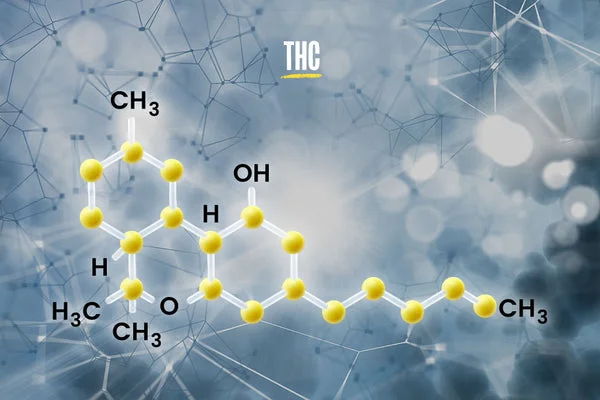Cannabinoids have captured the attention of health enthusiasts, scientists, and curious minds alike. But what exactly are these natural compounds, and how can they benefit you? This blog post will explore cannabinoids.
This CBN guide will detail the types of a natural cannabinoid, their benefits, and the growing interest in their uses. Read on.
What are Cannabinoids?
Cannabinoids are chemical compounds found naturally in the cannabis plant. They interact with the body’s endocannabinoid system.
It regulates mood, appetite, and pain. The cannabis plant produces over 100 different cannabinoids, each with unique properties.
The Endocannabinoid System
The endocannabinoid system (ECS) is a complex cell-signaling system in the human body. It’s involved in regulating various functions such as:
- sleep
- immune response
- pain management
The ECS consists of three main components: endocannabinoids, receptors, and enzymes. Endocannabinoids are molecules produced by the body that bind to cannabinoid receptors.
CB1 and CB2 receptors are in the body. They respond to endocannabinoids and cannabis cannabinoids. Enzymes break down endocannabinoids once they’ve served their purpose.
THC The Psychoactive Powerhouse
Tetrahydrocannabinol (THC) is perhaps the most famous cannabinoid due to its psychoactive effects. It’s the compound responsible for the “high” associated with cannabis use. THC works by binding to CB1 receptors in the brain, affecting mood, memory, and perception.
Beyond its recreational use, THC has potential therapeutic applications. It can help ease pain, reduce nausea, and stimulate appetite.
CBD The Non-Psychoactive Marvel
Cannabidiol (CBD) is a non-psychoactive cannabinoid. It’s popular for its potential health benefits. It is a good option for those wanting the benefits of cannabis without the intoxication.
CBD has been studied for its potential to reduce anxiety, improve sleep, and ease pain. It may also have anti-inflammatory properties, making it useful for conditions like arthritis. Some studies suggest that CBD might help manage epilepsy and other brain disorders.
CBG The Mother of Cannabinoids
Cannabigerol (CBG) is often referred to as the “mother of cannabinoids” because it is a precursor to other cannabinoids such as THC and CBD. While present in cannabis in smaller quantities, CBG is gaining attention for its unique properties.
CBG is believed to have potential anti-inflammatory, antibacterial, and neuroprotective effects. It may lower eye pressure, so it could treat glaucoma.
CBC A Lesser-Known Yet Promising Cannabinoid
Cannabichromene (CBC) is a lesser-known cannabinoid. It may have various health benefits. Like CBD, CBC is non-psychoactive, meaning it doesn’t produce a “high” when consumed.
CBC is believed to have anti-inflammatory and pain-relieving properties. It may support brain health by promoting neurogenesis.
It helps create new brain cells. CBC has shown potential in combating acne and skin inflammation.
Distillate vs. Isolate: Understanding the Differences
When exploring cannabinoids, it’s vital to know the differences between a distillate vs isolate. They are two popular forms of CBN products.
Distillate is a concentrated extract from the cannabis plant. It contains cannabinoids, terpenes, and flavonoids. It has a high potency of a specific cannabinoid, usually THC or CBD.
Isolate, on the other hand, is a refined product. It contains only a single cannabinoid, like pure CBD or THC. All other compounds are removed.
Understanding the Different Types of a Natural Cannabinoid
Natural cannabinoid is fascinating area of study. They may improve health and well-being. From THC and CBD to new compounds like CBG and CBC, these natural substances offer many benefits and uses.
Knowing the types of cannabinoids and their effects can help people use them safely. Cannabinoids offer a promising option for those seeking wellness. They can help with health issues or serve as a natural remedy.
For more helpful tips, check out the rest of our site today.







